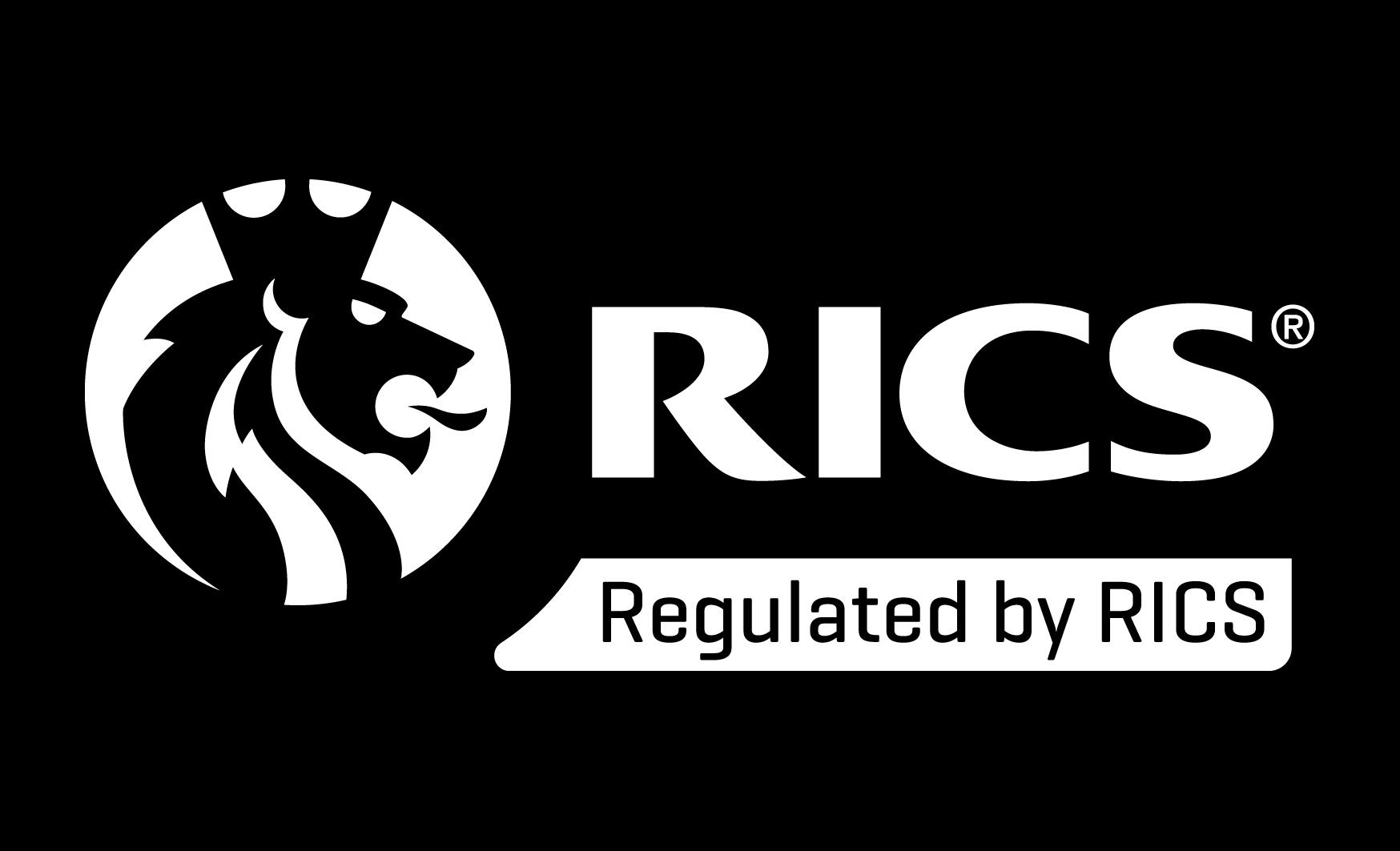
Level 2 RICS Home Survey
(Formerly called the RICS Homebuyers Report.)
This report is slightly more in depth and areas such as loft spaces are entered where safe. This is best suited to properties from 60's to modern.
It is not suited to older or complex buildings as it does not provide enough details for very extended, altered or older properties.





